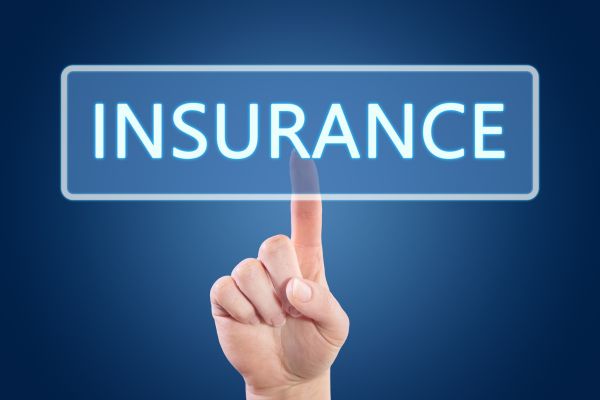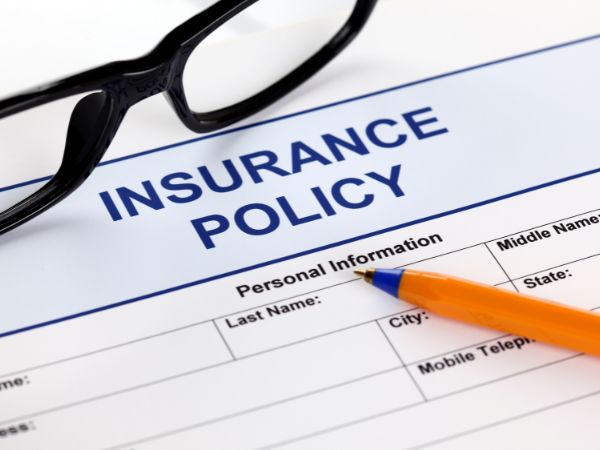When shopping for auto insurance, one of the most important concepts you’ll encounter is the use of auto insurance coverage symbols. These symbols, often found on the declarations page of your policy, specify which vehicles and types of coverage apply in various situations. While they may appear as confusing codes at first glance, understanding these symbols is crucial to ensuring you get the right protection for your needs. In this guide, we’ll break down auto insurance coverage symbols, what they mean, and how they impact your coverage.
What Are Auto Insurance Coverage Symbols?
Auto insurance coverage symbols are codes used by insurance companies to define the specific types of coverage provided for different vehicles under a policy. These symbols are typically found on the declarations page of your insurance contract and are used to indicate which vehicles are covered under different parts of your policy. The use of these symbols helps both insurers and policyholders to easily identify the extent of the coverage.
Each symbol corresponds to a specific type of vehicle or coverage scenario, allowing the insurer to tailor the policy to fit the needs of the insured. For example, a symbol could represent coverage for an owned vehicle, while another might indicate coverage for a rental car. These symbols are critical for ensuring that you have the right protection when needed.
A Breakdown of Common Auto Insurance Coverage Symbols
Auto insurance companies generally use a set of standard symbols, as established by the Insurance Services Office (ISO). These symbols are primarily associated with coverage options like liability, personal injury protection, and physical damage coverage. Let’s take a closer look at some of the most common symbols and what they signify.
- Symbol 1: Any Auto
This symbol provides the broadest coverage and applies to all types of vehicles, whether they are owned, leased, hired, or non-owned. If you are covered under Symbol 1, your policy will generally provide protection for any vehicle you drive, not just the ones listed in your policy. This is one of the most comprehensive options, ensuring that any vehicle you operate is covered for the relevant insurance types, including liability, collision, and comprehensive coverage.
- Symbol 2: Owned Autos Only
This symbol limits coverage to vehicles that you own. If your policy includes Symbol 2, your insurance will only cover the vehicles specifically listed in the policy that you own, excluding any rented, leased, or non-owned vehicles. It’s important to note that this type of coverage may not extend to rental cars or vehicles borrowed from friends or family.
- Symbol 3: Owned Private Passenger Autos Only
A more specific version of Symbol 2, Symbol 3 applies only to private passenger cars you own. This excludes trucks, vans, and other types of vehicles that aren’t classified as passenger vehicles. If you own a sedan or compact car, Symbol 3 would be the appropriate choice for your coverage.
- Symbol 4: Owned Autos Other Than Private Passenger Autos
Symbol 4 is applicable to vehicles you own that are not considered private passenger autos. This includes trucks, vans, SUVs, and other similar vehicles. If your policy covers commercial or work vehicles, this symbol will be listed to ensure those vehicles are appropriately covered under your auto insurance.
- Symbol 5: Owned Autos Subject to No-Fault
This symbol refers to vehicles that are subject to no-fault insurance laws, which are typically in place in some states. In no-fault states, each driver’s own insurance covers their medical expenses, regardless of who is at fault in an accident. Symbol 5 indicates that the vehicle is subject to these types of insurance laws.
- Symbol 7: Specifically Described Autos
Symbol 7 applies only to the vehicles specifically listed on the declarations page of the policy. It means that if a vehicle is not named in the policy, it will not be covered, even if you drive it regularly. This is a more limited coverage option compared to other symbols, such as Symbol 1, which offers broader protection.
- Symbol 8: Hired Autos Only
If you are renting a car for a trip or using a vehicle temporarily for work purposes, Symbol 8 provides coverage for rented or leased vehicles. This symbol typically applies to rental cars or vehicles you borrow, offering coverage for liability, physical damage, or both during the time the vehicle is in your possession.
- Symbol 9: Non-Owned Autos Only
Symbol 9 applies to vehicles that are not owned by you but are used in your daily activities. This could include vehicles borrowed from friends, family, or even from your employer. While this symbol provides coverage for non-owned vehicles, it’s important to note that it might not cover every type of situation, especially in the case of an accident where the vehicle’s owner might have their own insurance policy.
How Auto Insurance Coverage Symbols Impact Your Policy
Understanding the auto insurance coverage symbols on your policy is critical for several reasons. First and foremost, these symbols define what is covered in your policy and the extent of that coverage. If you have a specific vehicle or situation in mind, it’s essential to make sure the correct symbol is in place.
For example, if you frequently rent cars for business trips, you might need to make sure that Symbol 8 (Hired Autos Only) is included in your policy. On the other hand, if you primarily drive your own car, Symbol 2 (Owned Autos Only) or Symbol 1 (Any Auto) might be more appropriate.
In addition, some coverage types, such as liability or collision insurance, may be subject to the limitations of the specific symbol chosen. Having the right symbol ensures that your policy will provide adequate protection in the event of an accident or other incident involving a covered vehicle.
Moreover, understanding the coverage symbols allows you to make more informed decisions about your insurance needs. If you’re someone who frequently drives borrowed or rented cars, adjusting your policy to include the right symbols for these situations can help you avoid costly gaps in coverage.
Why You Should Review Your Auto Insurance Coverage Symbols Regularly
As your circumstances change, so too might your auto insurance needs. Perhaps you purchase a new vehicle or begin renting cars more frequently. In these instances, reviewing and adjusting your auto insurance coverage symbols can help ensure that your policy continues to meet your needs. Regular reviews of your insurance coverage can also help you identify any gaps in coverage that might leave you vulnerable.
For example, if you buy a new car or sell an old one, you’ll need to update your policy’s symbols accordingly. Additionally, if you move to a state with different no-fault insurance laws, you may need to adjust the symbols to comply with local regulations.
Staying proactive about your auto insurance policy and its symbols will give you peace of mind, knowing that you have the right protection in place for every driving situation.
Conclusion: The Importance of Auto Insurance Coverage Symbols
Auto insurance coverage symbols are essential tools that define the scope of your insurance protection. By understanding what each symbol represents, you can ensure that your policy is comprehensive and meets your driving needs. From the broad coverage provided by Symbol 1 to the more specific limitations of other symbols, being informed about these codes can make all the difference in having adequate insurance coverage.
By regularly reviewing your policy and understanding how coverage symbols apply to different vehicles and situations, you ensure that you’re always covered, whether you’re driving your own car, renting a vehicle, or using a borrowed one. Auto insurance coverage symbols might seem complex at first, but with a bit of knowledge, you can confidently navigate your insurance policy and make decisions that offer the protection you need.



